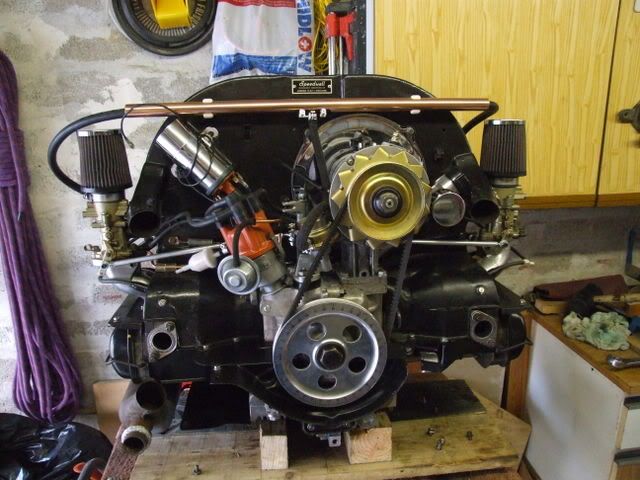hi
I have a 1584 single port engine (only done 500 miles) fitted with twin 34ict webbers (in my early bay).
What temperature should it be running at normally? And what about in warm weather?
It currently runs at between 80 & 90 degrees at 45 mph, and up hills between 90 & 100 degrees C. Is this right?
I have a 1584 single port engine (only done 500 miles) fitted with twin 34ict webbers (in my early bay).
What temperature should it be running at normally? And what about in warm weather?
It currently runs at between 80 & 90 degrees at 45 mph, and up hills between 90 & 100 degrees C. Is this right?




